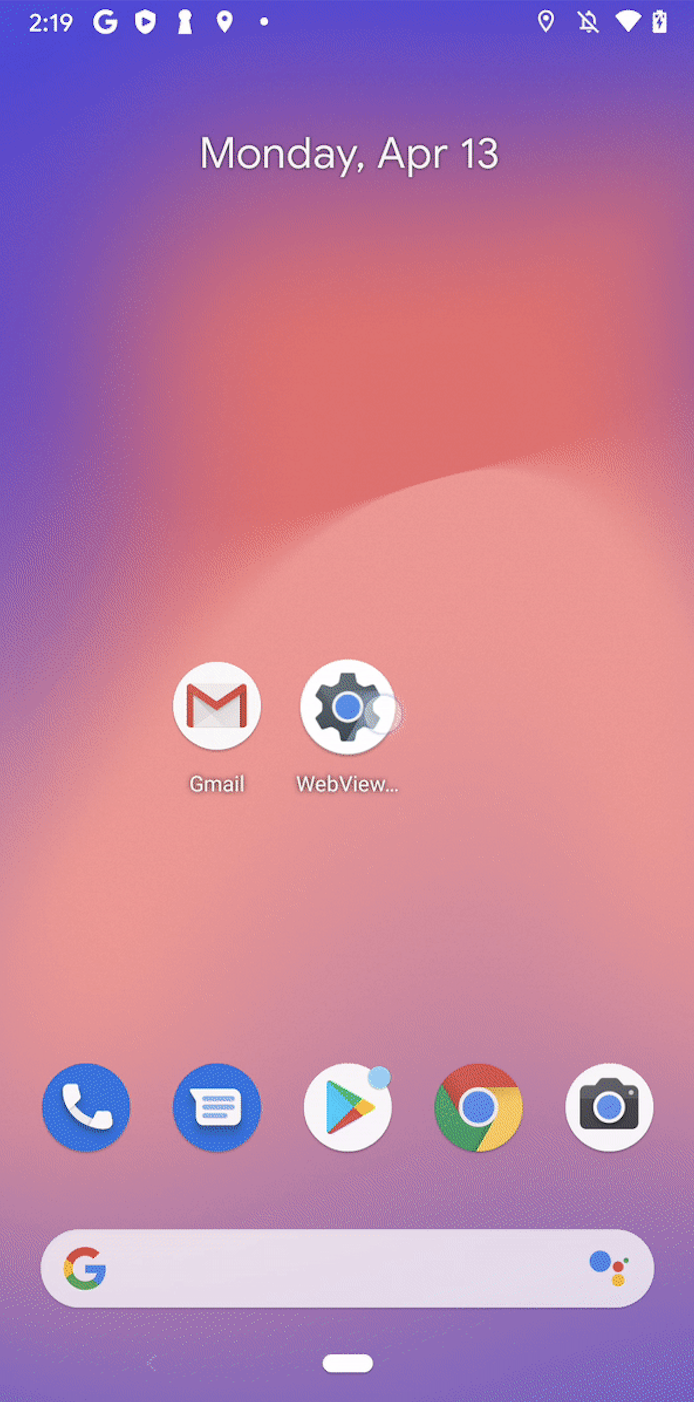Android Developer Challenge: here’s what we’re looking for! (Apply by Dec. 2)

Last month, we kicked off the next Android Developer Challenge, and asked you to submit your ideas focused on helpful innovation, powered by on-device machine learning. But what exactly do we mean when we say helpful innovation? We’re glad you asked! We rounded up a few of Google’s on-device machine learning offerings, together with some great recent examples of this technology in action, to help inspire your submission. Don’t forget, submit your idea by December 2!
Using machine learning to tackle Fall Armyworm
Take Nazirini Siraji. When she and a team of developers noticed a crop-pest threatening the livelihood of Ugandan farmers, they taught themselves TensorFlow to combat this pest. They collected training data from nearby fields in the form of images. With TensorFlow, they re-trained a MobileNet, a technique known as transfer learning and then used the TensorFlow Converter to generate a TensorFlow Lite FlatBuffer file which they deployed in an Android app. With the app, a farmer can snap a picture of their crop and the image frame is analysed to look for Fall armyworm damage. Depending on the results from this phase, a suggestion of a possible solution is given. It’s pretty cool!
Helping doctors detect respiratory diseases using machine learning
Tambua Health is helping doctors determine the likelihood of respiratory diseases by turning any smartphone into a powerful non-invasive screening tool. They developed an app using TensorFlow Lite that can help doctors analyze lung sounds for the presence of abnormal sounds like wheezes, crackles, stridor, and other adventitious sounds.
adidas uses machine learning to make the shopping experience easier
Even brands are tapping the power of machine learning. Take adidas, who recently launched a new “Bring It to Me” experience for their London store. Shoppers can use Visual Lookup to scan products on their phones while they are in the store, and the app lets them check stock and request their size without the need for queues. Under the hood, ML Kit is helping power the experience. It’s another way machine learning is helping users get things done more quickly.
The benefits of on-device machine learning
Running machine learning on a user’s device comes with a number of benefits. First, you reduce the amount of data you send to your server, enhancing user privacy. And because it runs on device, it can also work offline - perfect for inaccessible areas such as the middle of a rainforest, a desert or the London Underground. Last but not least, the most exciting aspect of running your model on device is low latency and this can enable all kinds of new user experiences. Machine learning is not just for automating tasks, it can work alongside your users and give them super powers too!
At Google, we offer a number of different technologies to help you take advantage of this:
- ML Kit offers a turnkey SDK to help you tackle tasks with powerful Google Machine Learning models
- The TensorFlow Lite Framework lets you take a custom model and optimise it to run it on Android
- There’s also the infrastructure of Firebase / Google Cloud, which can help you train on-device models using AutoML Vision Edge for specific model types or give you the raw processing power to train your own model
If you’ve got a great idea that can help users get things done, we want to hear from you! We’ll pick 10 concepts and provide expertise and guidance to those developers to help in their plans to bring their ideas to fruition. And once the app is ready, we’ll help showcase it in front of the billions of users on Google Play, through a collection and more. You can read more about all of the prizes here.
There’s still time to submit your idea before the December 2 deadline. We can’t wait to hear what you come up with, and to work with you on bringing helpful innovation powered by on-device machine learning to more and more users!



Komentar
Posting Komentar